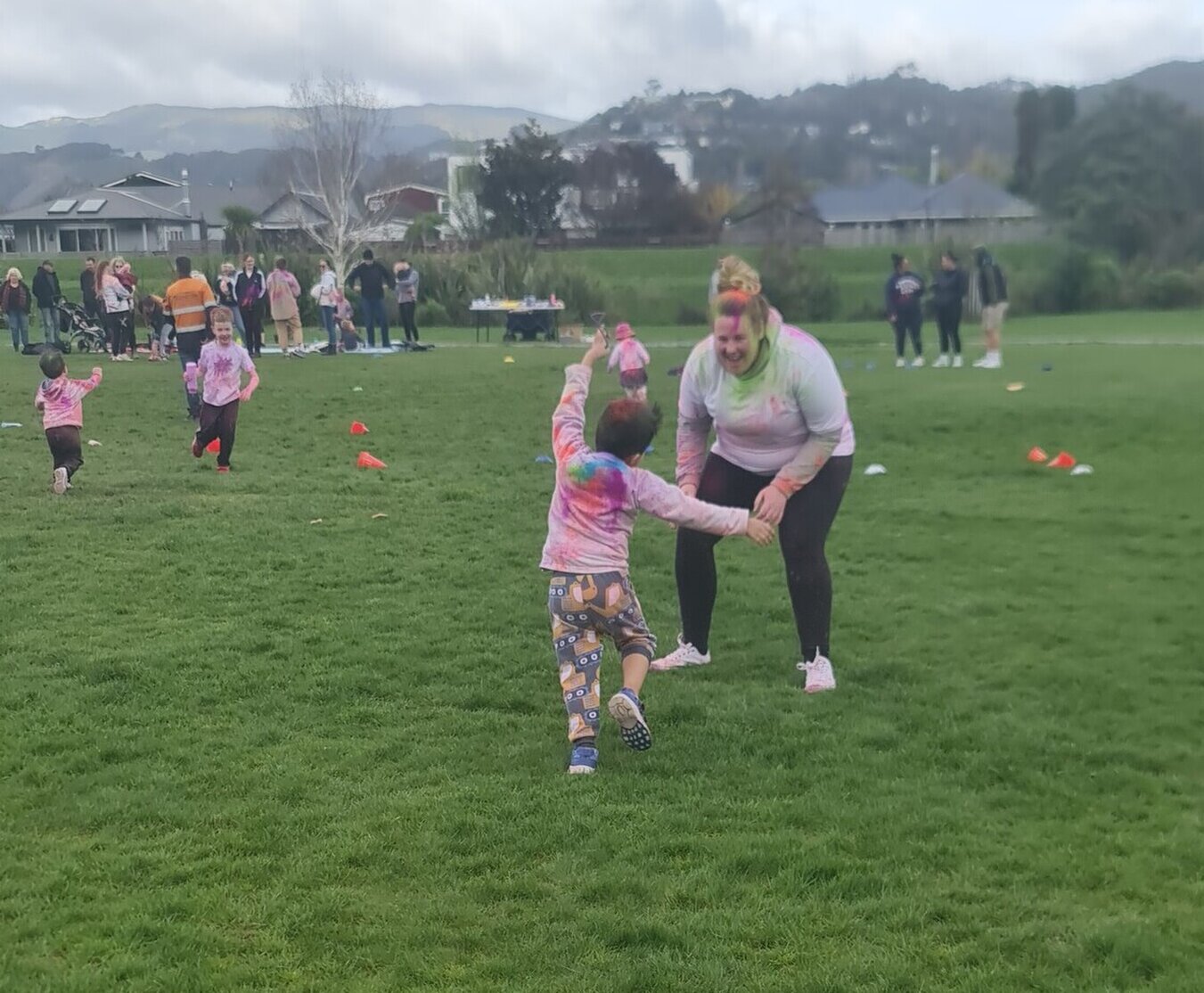Why Sand Play Matters: The Surprising Benefits of Getting Messy
At first glance, sand play might just look like a bit of outdoor fun. But dig a little deeper, and you’ll discover that this simple, sensory-rich activity offers a world of learning opportunities for young children. At Heretaunga Park Early Childhood Centre, we embrace sand play as a daily part of our early learning environment — because we know it supports everything from fine motor skills to social development.
Whether your child is scooping, digging, pouring, or just running their hands through the sand, they’re doing much more than playing. They’re learning.
What is Sand Play?
Sand play is a type of sensory play that allows children to explore textures, experiment with cause and effect, and engage in open-ended discovery. It can be done independently or as part of a group, using tools like buckets, scoops, funnels, and moulds — or just hands and imagination. At Heretaunga Park, our sandpits are spacious, safe, and well-stocked with a range of tools that encourage creativity and physical exploration. We include sand play in our outdoor programme for both Under 2s and Over 2s, adjusting the setup to meet each child’s developmental stage.
The Benefits of Sand Play in Early Childhood
1. Supports Physical Development
Scooping, digging, pouring, patting, and shaping sand helps build fine motor skills and hand-eye coordination. These skills are essential for tasks like writing, buttoning clothes, and using scissors later on.
2. Encourages Creativity and Imagination
Sand play is open-ended, which means there’s no right or wrong way to do it. Children can build castles, roads, volcanoes, or “cook” up a storm in a pretend sand kitchen. This kind of imaginative play helps children develop creativity, problem-solving skills, and flexible thinking.
3. Boosts Social Skills and Communication
Playing in the sandpit with other children encourages sharing, turn-taking, negotiation, and collaboration. Whether it’s digging a tunnel together or building a fort, sand play naturally sparks conversation and teamwork.
4. Builds Early Math and Science Concepts
As children explore volume, weight, measurement, and cause and effect, they are engaging with early concepts in mathematics and science. Pouring sand from one container to another, estimating how much will fit, or noticing what happens when sand gets wet — all of these moments are powerful learning experiences.
5. Provides Calming Sensory Input
For many children, sand play is soothing. The repetitive motions of scooping and pouring can help regulate emotions and provide calming sensory feedback, especially for children who are feeling anxious or overwhelmed
Sand Play for All Ages
At Heretaunga Park, we provide sand play experiences for infants, toddlers, and preschoolers alike.
For our Under 2s, sand play is gentle and exploratory, often involving hands, feet, and early tools. It helps them learn about texture, temperature, and movement.
For our Over 2s, the sandpit becomes a space for deeper creativity, problem-solving, and collaborative play. We often see children creating elaborate structures, digging tunnels, and inventing games together.
Encouraging Sand Play at Home
You don’t need a fancy setup to support sand play at home. A simple tub of clean sand, some spoons, cups, or recycled containers, and a little outdoor space is all you need. Add water for even more fun. Let your child take the lead — and be prepared to get a little messy!
Sand Play at Heretaunga Park
We believe in the power of learning through play — and our sandpits are a daily reminder that some of the best learning happens with bare feet, sandy hands, and joyful curiosity.
Want to see our sandpits in action? Pop in for a visit anytime — no appointment needed. At Heretaunga Park, what you see is what you get.
